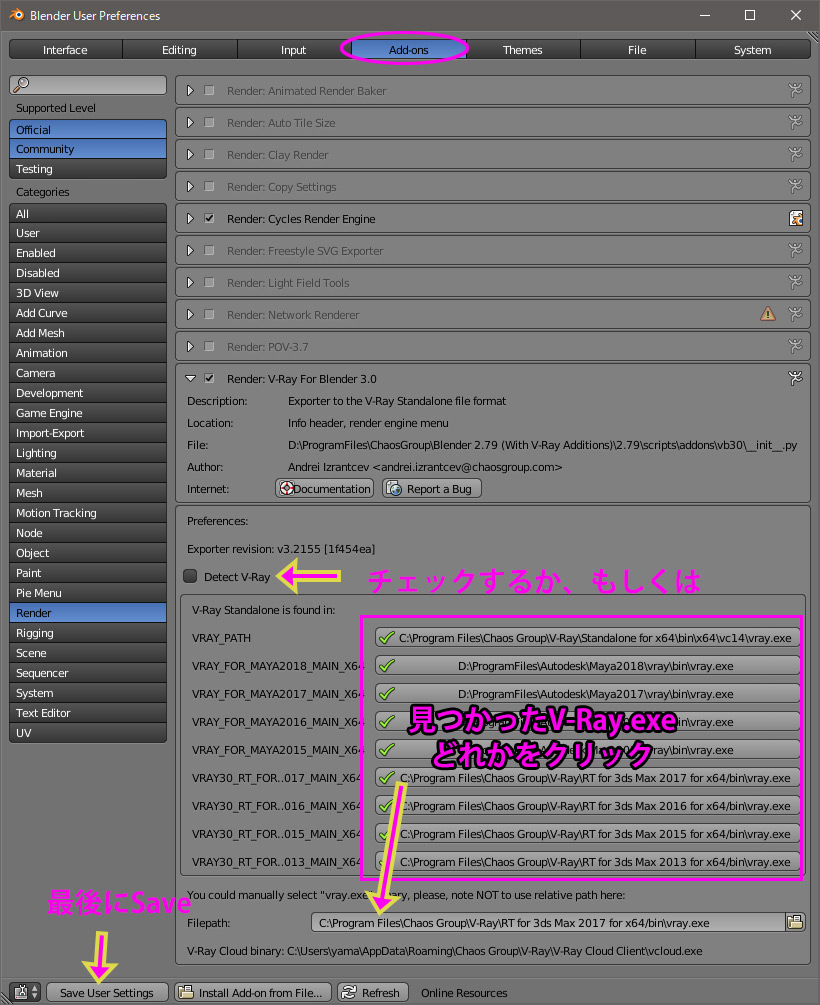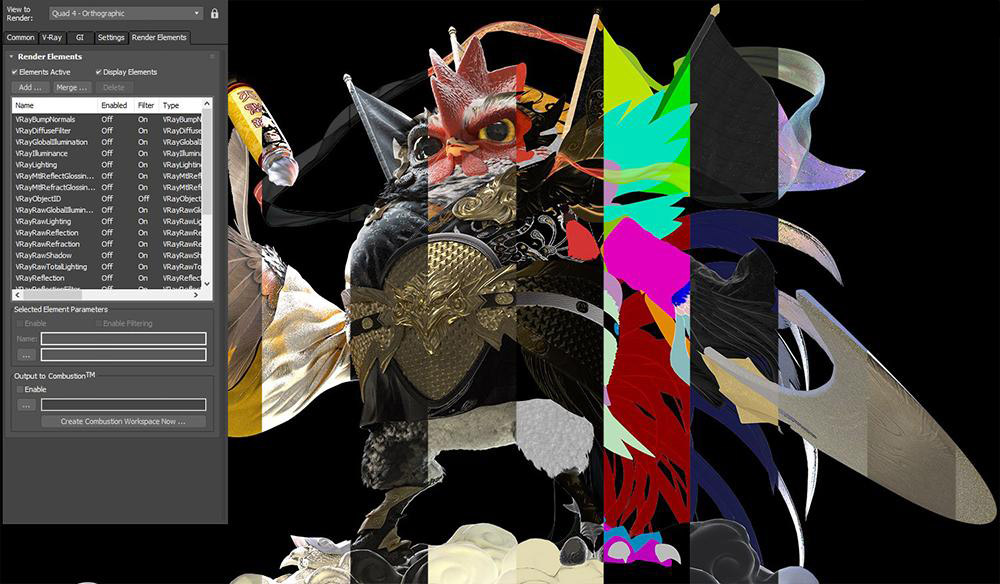
V-ray has the advantage of money behind it, and I believe is more polished at the moment. In the grand scheme of things, I think you could get 2 renders looking similar using both cycles and V-ray. It looks like V-ray has slightly more restrictions as to what is supported on the GPU compared to cycles (currently the only thing not supported on cycles GPU to my knowledge is subsurface scattering, which is on its way). This allows cycles to have unique optimization strategies for rending, but it costs in its ease of use in my opinion.Īlso cycles seems to be built for use on the GPU. In Vray, glossiness is just a parameter for the material. Example would be to do a normal looking material in cycles, you have to mix diffuse with "glossy" shader. Clara.io - WebGL development, rendering in the cloud with VRay.

V-ray seems to take a more traditional approach in just having a giant material with lots of settings. JS, Blend, FBX, OBJ, V-Ray, Babylon.JS, STL.

In cycles we define materials using "nodes". Activity Monitoring, Dynamic Paint, and Ocean Simulator. The differences is in their implementation and ease of use. Cycles js a path-tracing render engine launched under the Mixer Structure umbrella on December 14, 2011, as a New Render Engine that was included together with Blender or food processor Internal (as a preview release). V-Ray and Cycles use similar methods to light a scene (path tracing, global illumination).


 0 kommentar(er)
0 kommentar(er)
